
In this blog post, I am going to share the seven steps to begin teaching text based writing. If you teach these first, you will have a much higher rate of success in the future!
I LOVE teaching writing (although, believe it or not, I don’t LOVE to write).
This is a guest blog post written by Hunt for Treasure!
Mini Lessons to Teach BEFORE Students Start Writing Essays
Reading the Prompt and Passages
Start with reading the prompt and understanding the prompt. In the prompt I have the students circle “the Power of 3” or at least 3 strong words to help them understand what they have to write about. They also decide if it is going to be an opinion or informational essay. Then teach students how to purposefully annotate their text. What will be some good supporting information we can use from the text in our writing? The key is to make sure they don’t underline the entire passage.
Planning an Essay
Make it simple and try to use one organizer for opinion and informational writing. I simply have them write an “O” or “I” in the corner to show me they know what they are writing. Practice planning many essays together before they do it on their own. I try to get them to plan quickly and remind them they are just jotting down ideas and not writing the essay on their planning sheet.
Introductions
Start with a fun chant to introduce introductions. Sing it every time you write an introduction until the kids know the items they need in an introduction paragraph. Next, I always have a poster hanging up that shows students how to write a good “hook”. The hook is key to grabbing the reader’s attention. If we start off boring the reader, they may not be excited to read the paper and subconsciously score it lower because they weren’t entertained from the start. We definitely don’t want this to happen. Always share some sample introductions. I fully over-exaggerate as I read them. One year I over exaggerated it so much the teacher next door ran in to see if I needed help. OOPS! It gets the students attention and they are always eager to write an introduction and share it with their classmates (I let them over exaggerate theirs too).
Body Paragraphs
Digging into the actual process of writing a body paragraph takes time. I used to think…. well, if they have their essay planned out they shouldn’t have any problems writing. My students were turning in body paragraphs that only gave one or two details and three to four sentences max. What could I do to change this? Modeling! When I started to model how to write a body paragraph my teaching world changed. The kids would interact and help me think of things we could write and what could be added to elaborate. Modeling one time isn’t always enough, so the next session I might model but really rely on them to put it all together. I also give them some prewritten body paragraphs and have them highlight different parts of it (transition, topic/reason, details, citation, etc). This allows them to read strong examples and they always enjoy highlighters or using crayons to color code. Another fun, hands-on activity is unscrambling a prewritten body paragraph. They love this activity and really learn a lot being able to read through each sentence to see how it fits in the paragraph.
Citing Text
I see many teachers teaching this as they teach students to write essays. I find it more beneficial to teach this as separate lessons and then show the kids the connection. I also teach them that after they cite text they should give an explanation or examples from their own thoughts. All of these items also helped students when it came to elaborating and using supporting details. Use short and engaging passages to give the students an opportunity to focus on citing their text.
Conclusions
First, I have them draw an arrow on their planning sheet from conclusion to introduction. They need to remember it should be very similar. Then I teach them movements to remember what is included. Another trick I have had to use before is to memorize how to spell one transition that works for a conclusion and they just use that every time they start the paragraph. They love to write “In conclusion” and then they spell it wrong, so we do a lot of practice. Once the students see conclusions are short and simple but can have a little creativity to leave a lasting impression, they are going to have a just right conclusion EVERY time!
Check out detailed blogs for each step of the writing process, FREE resources and tips!
Writing Blogs
Write All About It: FSA Writing
Write Introduction Paragraphs Like a Pro
Elaboration???… You’ve Got This! How to Write Strong Body Paragraphs
Goldilocks Conclusions to End it “Just Right”
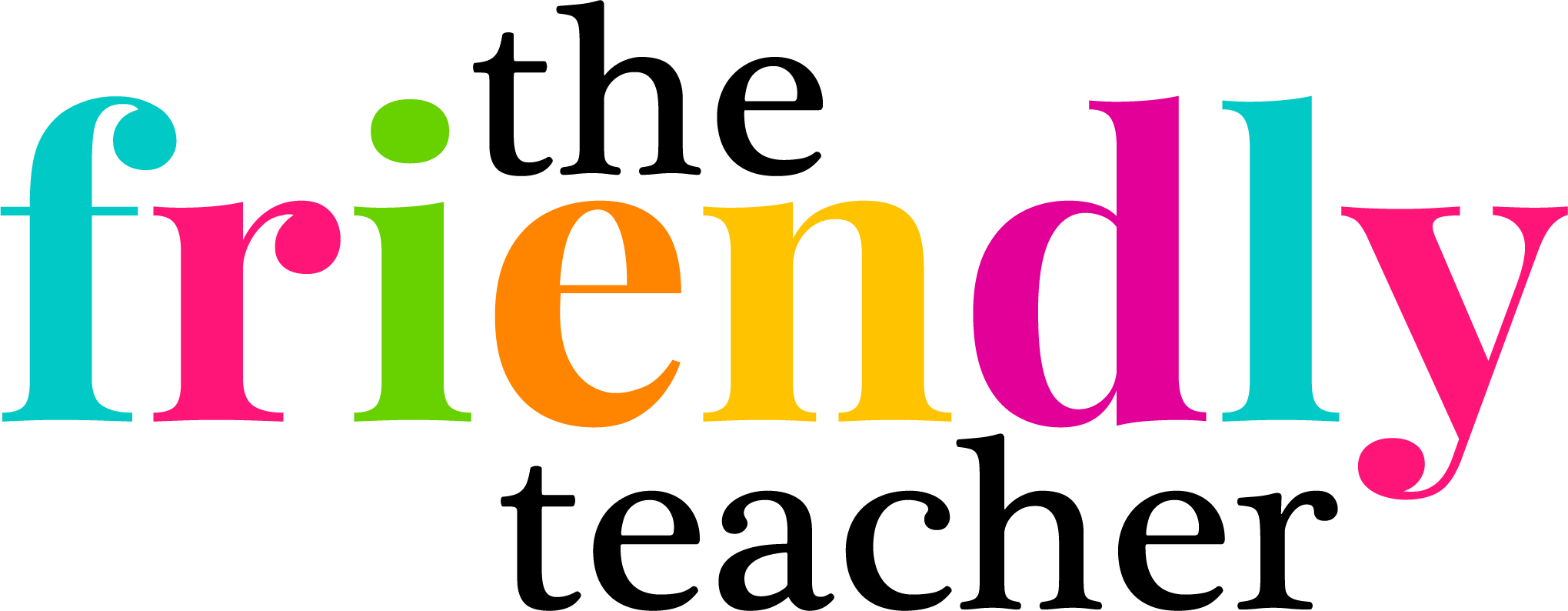


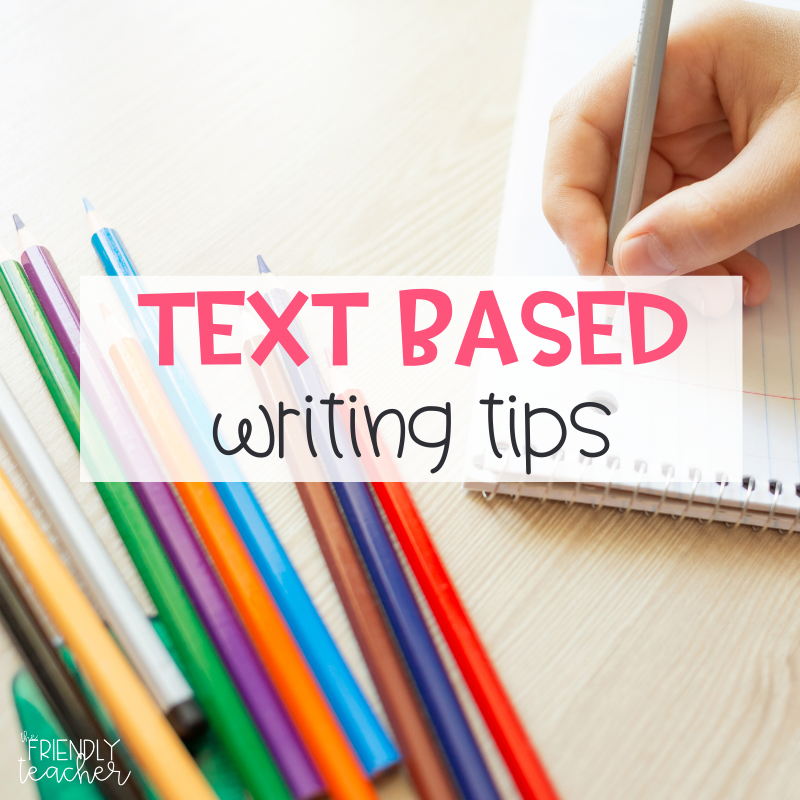




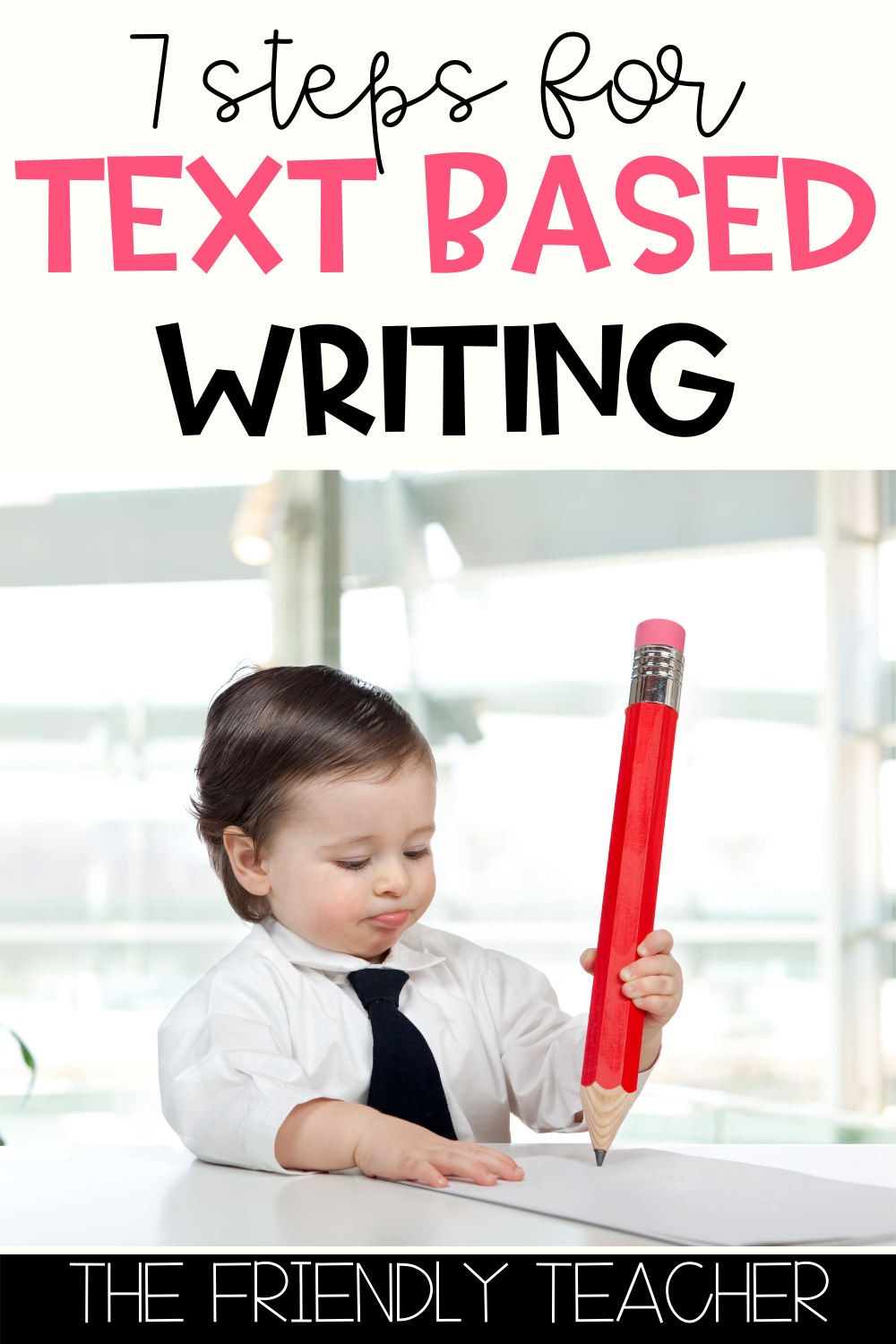
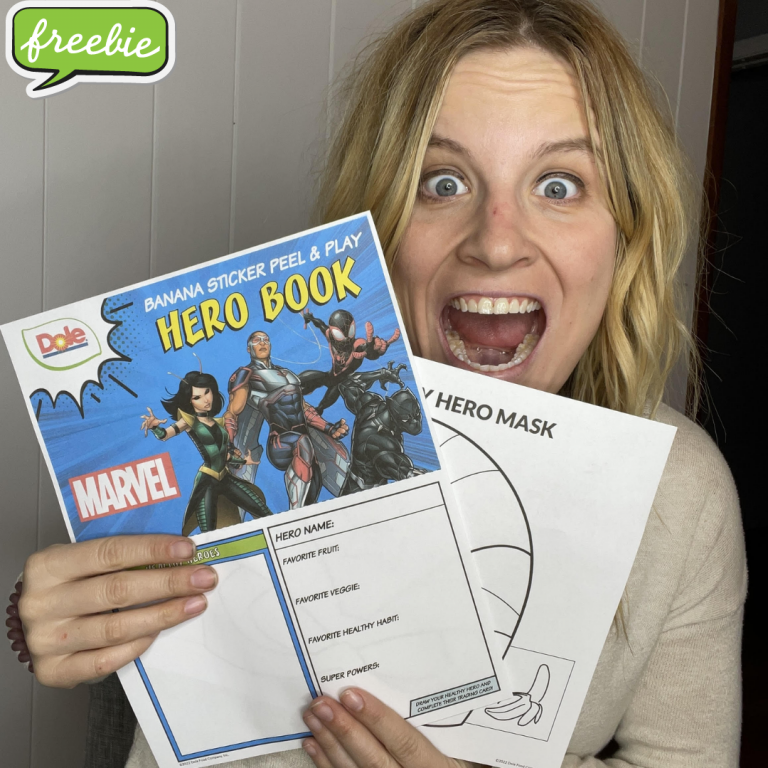
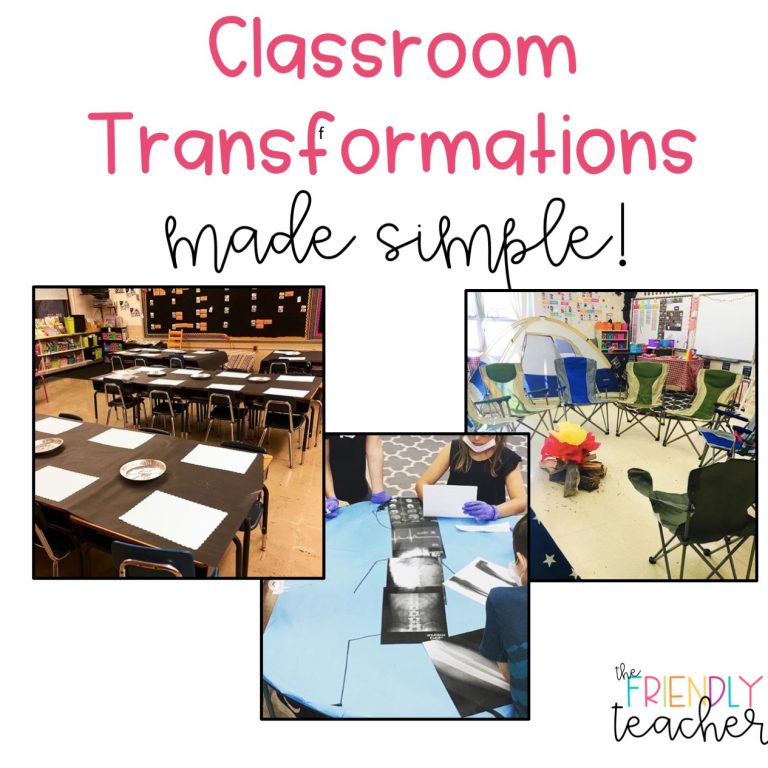

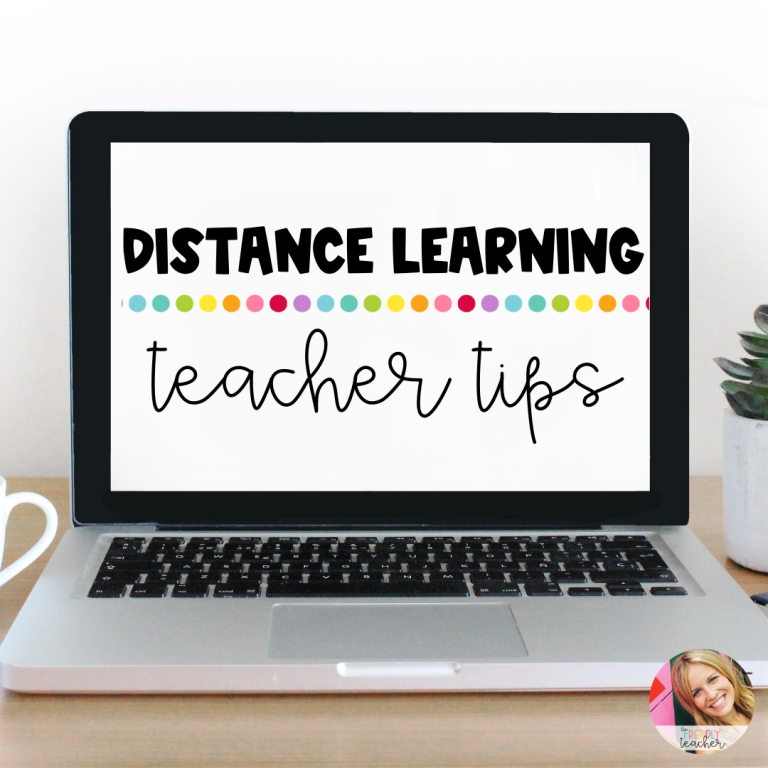
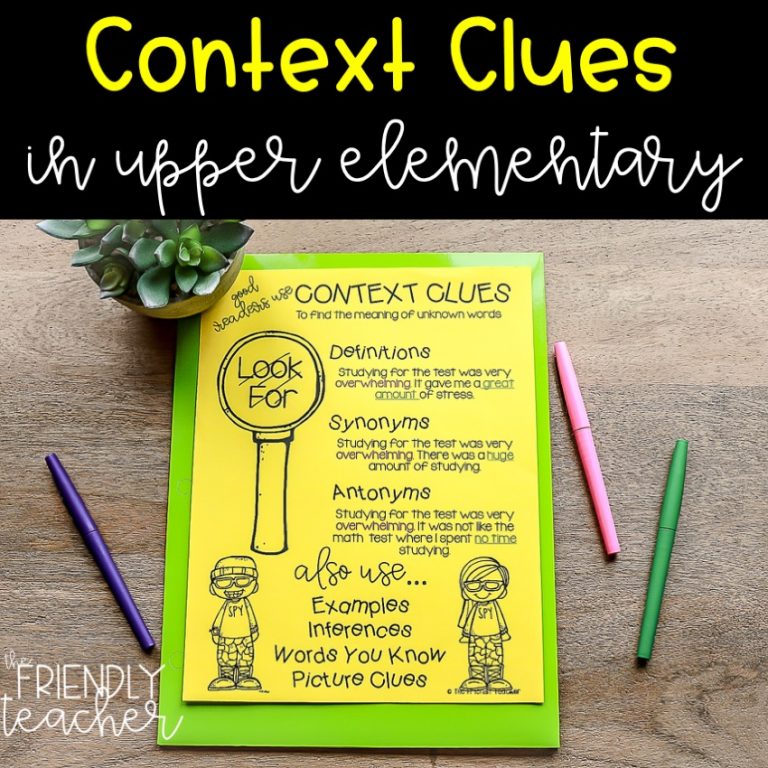

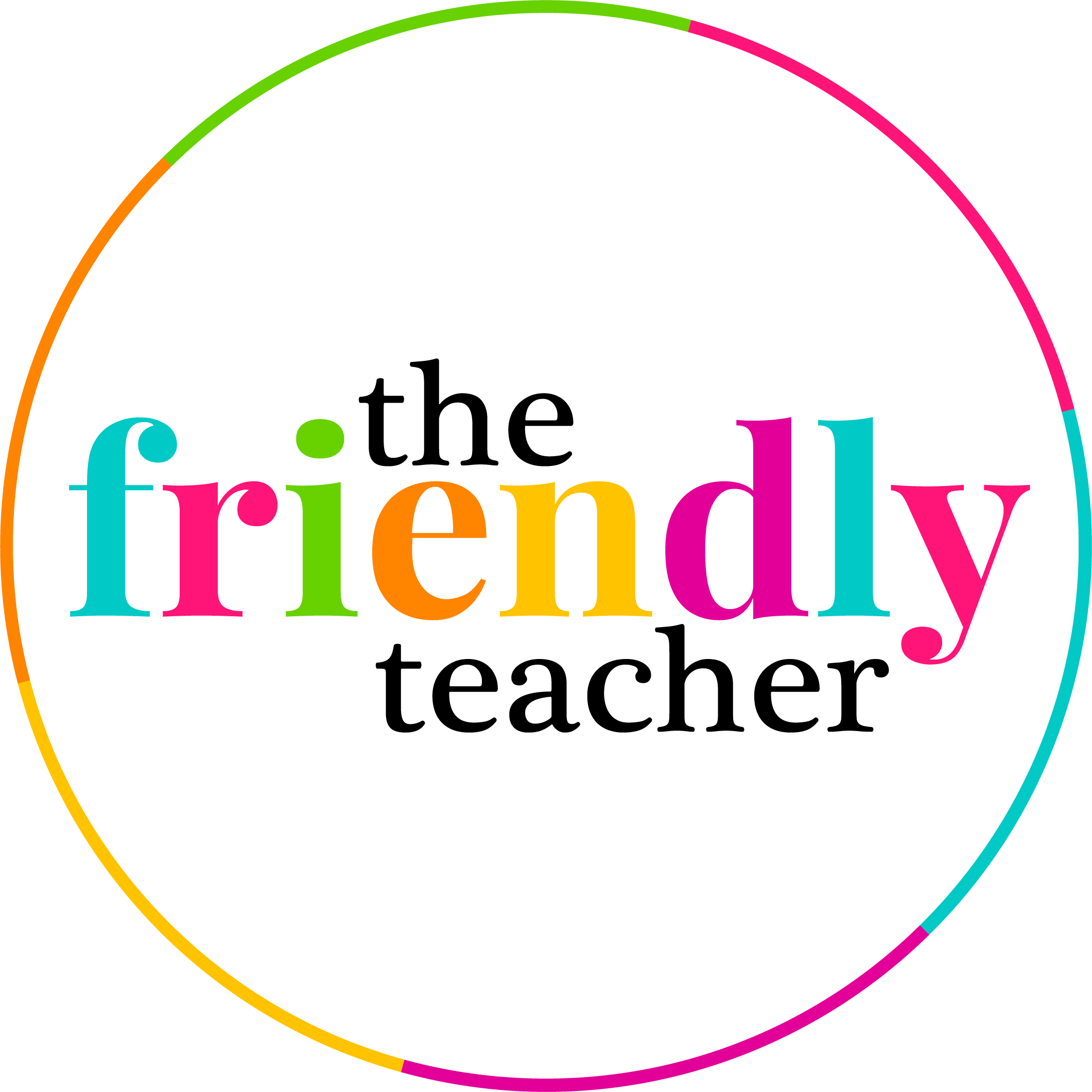
Hannah Wilde
I am so glad you’re here! I love helping 3rd-5th grade teachers by providing ideas, engaging resources, and professional development they need. I am a literacy coach who is here to help lessen the workload for teachers while making them more confident! I want students to be continually engaged in a rigorous environment!